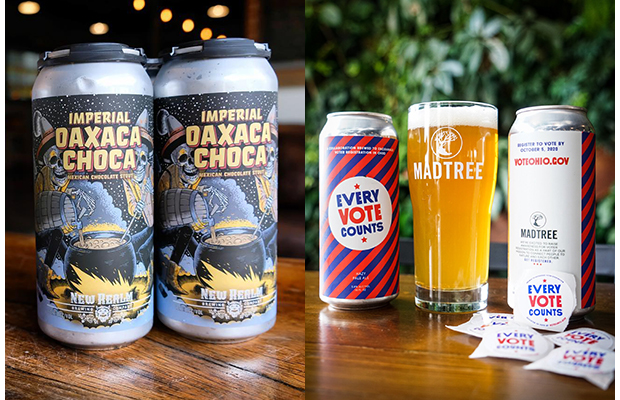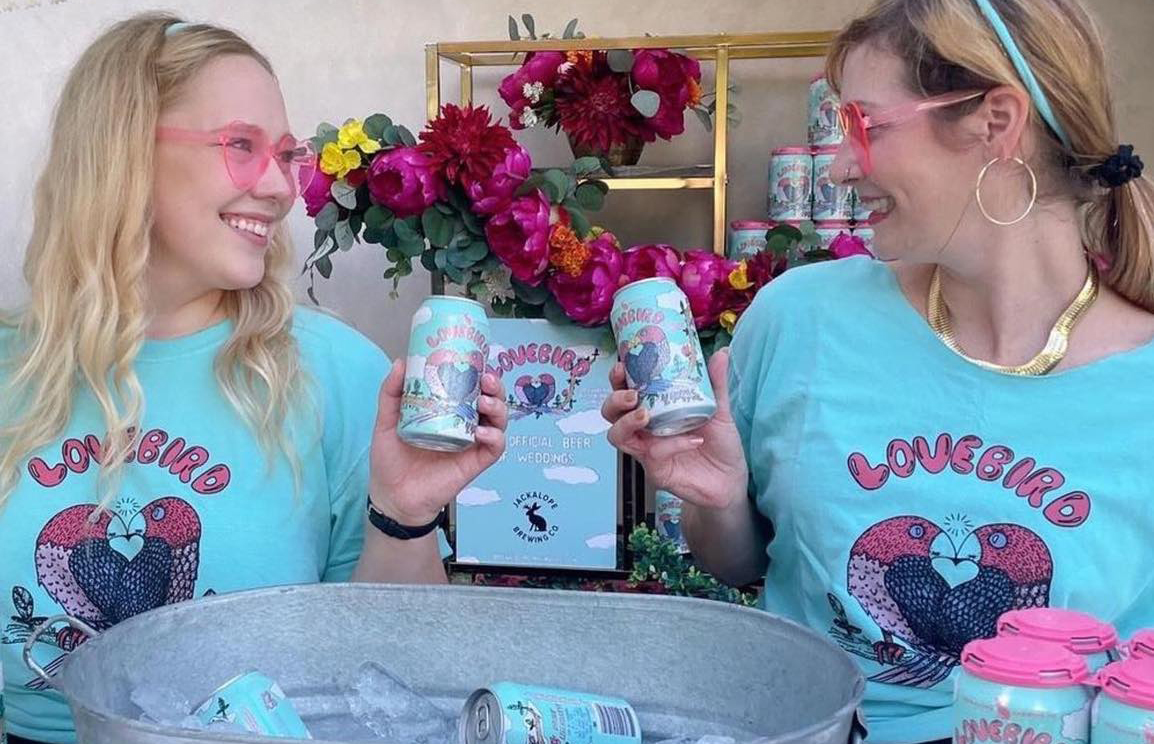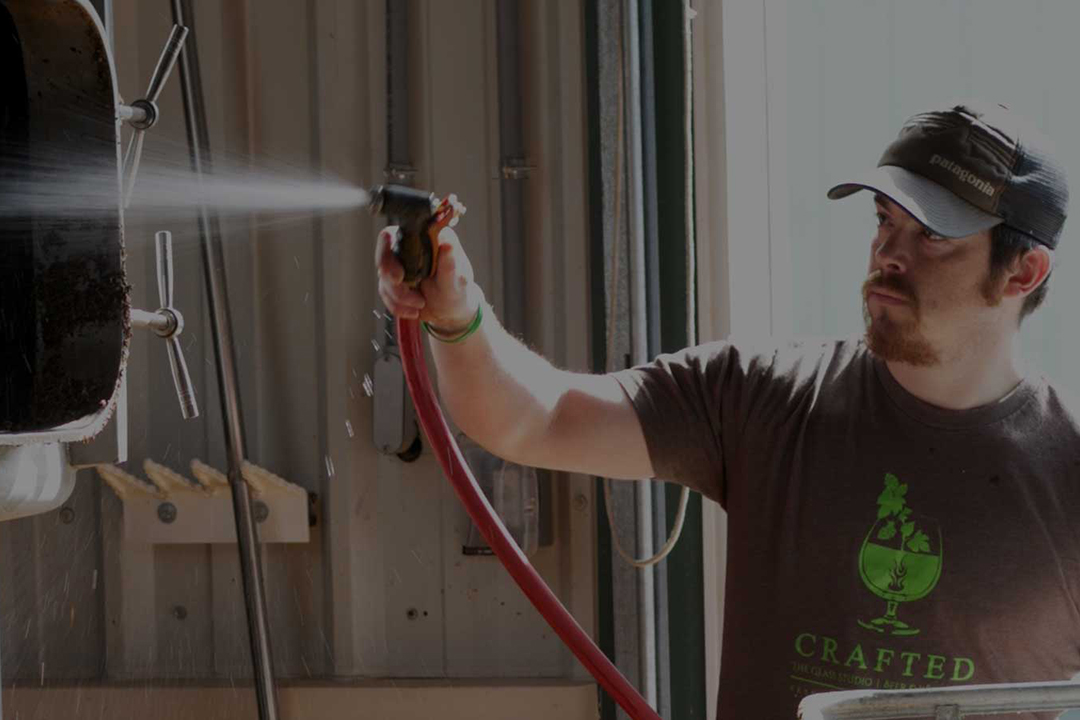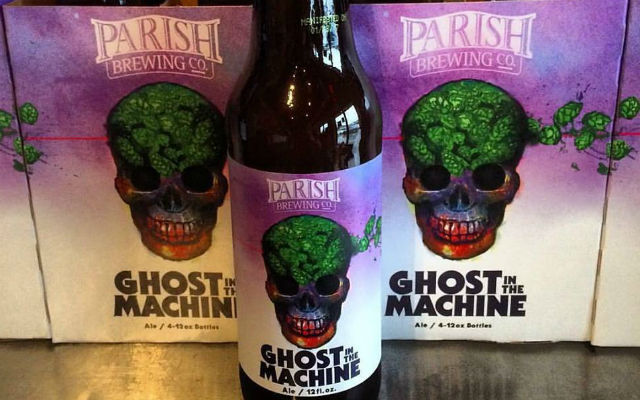
The increase in packaged product out of a taproom has skyrocketed because of the situation we are in due to the pandemic that rocked the country this year. Many breweries that were doing just fine with on-premise taps at the brewery coupled with some kegs sales worked fine. Those avenues dried up though, forcing the need to sell beer to-go in growlers and crowlers while others boosted into can sales. That has meant mobile canning units has become even more the norm.
Preparing for a mobile canning unit in your brewhouse or packaging area may not have been planned when laying out your flow (hopefully you did plan ahead and have space for it as you planned growth) but a few breweries that use mobile canning shared their insights as Mitch Steele, co-founder of Atlanta’s New Realm and Matt Duddey, the Packaging Manager for Cincinnati’s MadTree opened up to share.
Along with MadTree’s filler, Duddey said they bring a mobile canning company in for special projects.
“We essentially have space permanently ‘marked’ as theirs for when we have them in,” he said. “It’s way easier to keep an area clear at all times then figure out where you’re going to put all the stuff that usually accumulates in that space.
“Thankfully, we are able to shoehorn the mobile line between can storage, brite tanks, and the CIP skid. Puts a pinch on whoever is running the centrifuge that day but we’re able to make it work.”
New Realm has two locations identified for mobile canning operation.
“If we need to label the cans it requires a bit more space,” Steele said, “but we always try to operate the line as close to the bright tank as possible.
“We typically don’t run our keg line during canning.”
Key processes to prepare for a great canning day?
“There really isn’t anything super earth-shattering our brewery does to prepare for a great canning day,” Duddey said. The big thing, he pointed out, was that breweries need to make sure to have plenty of inventory of trays, melt, ends, PakTechs, ink and make up for the date coder and of course, cans. MadTree plans for canning weeks ahead instead of planning for day-by-day.
Steele said the day before is just as key as canning day.
“First, we need to make sure the beer is ready,” he said. “That means it is in spec with CO2 target, dissolved oxygen below 10 ppb, chilled to the proper temperature, and has been taste approved and analytically approved for release.
“This absolutely needs to be done the day prior-with a recheck of CO2 and Dissolved Oxygen the next morning.”
Getting materials (such as case trays, PakTechs, cans, pallets, and such) staged the day prior leads to less confusion at the start of the canning day.
“It also helps to have our cold box organized so there’s already enough space for the new cans,” he added.
How to eliminate the most spillage?
Spillage is minimized (pre-filler) by some fairly creative hose running and CO2 pushes for MadTree.
“We really try to not open any hose ends until the tank is emptied,” Duddey said. “This helps reduce any spillage and prevents having to blow the hose/piping out to eliminate any ingress of oxygen.”






Be the first to comment